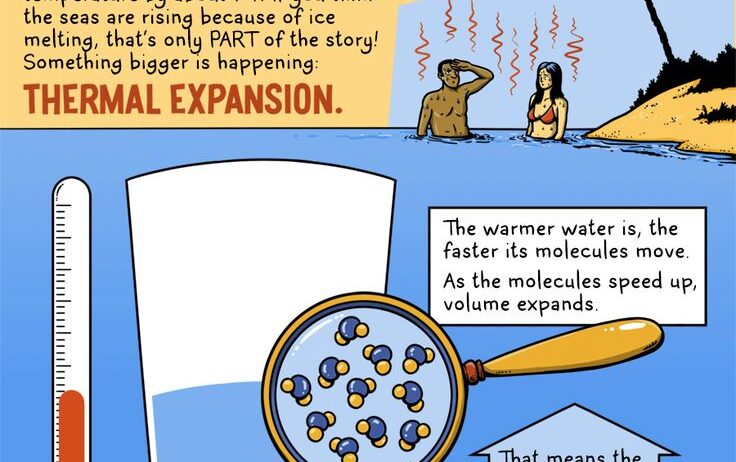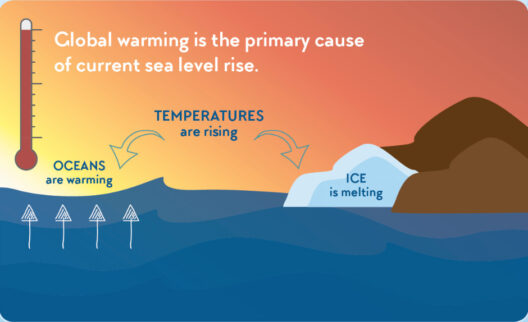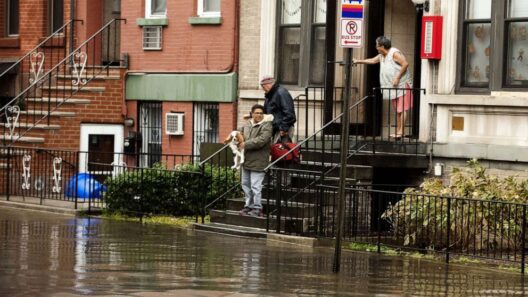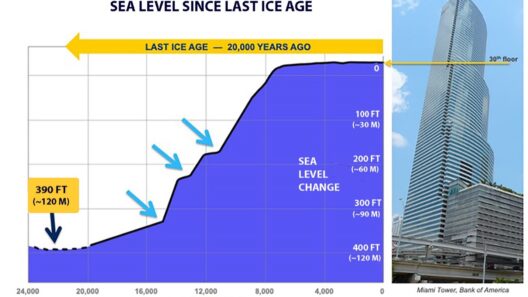Rising sea levels have emerged as one of the most pressing concerns of our time, posing profound implications for coastal communities, economies, and ecosystems worldwide. What if the shores we once knew were to vanish, replaced by the unforgiving ocean? This possibility is not merely a nightmare scenario; it is actively unfolding, and the ramifications are both far-reaching and multifaceted. From environmental degradation to social dislocation and economic disruption, the consequences of rising sea levels are extensive and interlinked.
Understanding these critical issues requires delving into the causes, the groups most affected, and the broader societal impacts. As we navigate this complex topic, let’s explore the environmental, social, and economic consequences of rising sea levels.
The Mechanics of Rising Sea Levels
To comprehend the repercussions of rising sea levels, one must first consider why they rise at all. Primarily driven by two key factors—thermal expansion of seawater due to global warming and the melting of ice sheets and glaciers—the phenomenon is expected to exacerbate over time. As ice melts, it contributes directly to ocean volume, while warmer water expands, causing sea levels to swell further. The Intergovernmental Panel on Climate Change (IPCC) projects a rise of approximately 1 to 2 meters by 2100 if current trends continue.
Environmental Consequences: A Ripple Effect
Rising sea levels act as a catalyst for numerous environmental changes, leading to increased coastal erosion, habitat loss, and salinity intrusion. Coastal regions are especially vulnerable, with delicate ecosystems like mangroves and wetlands at stake. These natural landscapes play crucial roles in carbon sequestration and act as buffers against storms and flooding.
Coastal Erosion: Nature’s Relentless Advance
As ocean waters swallow land, the process of coastal erosion accelerates dramatically. Shorelines are reconfigured; bluffs are undercut, and estuaries face inundation. This erosion can lead to the destruction of natural habitats, displacing flora and fauna that have thrived for millennia. Species that rely on specific coastal environments may be pushed to the brink of extinction, while others might invade and disrupt existing ecosystems.
Salinity Intrusion: An Underwater Intruder
With rising sea levels comes the intrusion of saltwater into freshwater systems. This phenomenon not only threatens freshwater supplies but also affects agriculture, as crops become increasingly vulnerable to salt exposure. Farmers in low-lying coastal areas may face dire consequences; their lands, once fertile, can degenerate into barren salinized zones within mere years, altering livability and agricultural viability.
Social Consequences: A Humanitarian Crisis in the Making
As water levels continue their inexorable ascent, the social ramifications become starkly evident. Displacement, gentrification, and community disruption are all on the horizon. Could we see entire populations uprooted and categorized as climate refugees? This is indeed a plausible outcome, with millions potentially forced to relocate from their homes.
Displacement: The Unseen Human Cost
Coastal communities, often bounded by the water’s grace, find themselves on the frontline of climate change. As their homes disappear, residents face the tragic reality of displacement. They may relocate to urban centers, exacerbating housing shortages and societal tensions in already strained areas. The emerging phenomenon of climate refugees showcases the potential horrors that lie ahead.
Gentrification: The Changing Face of Coastal Cities
Interestingly, this displacement may lead to a paradoxical phenomenon. Wealthy populations may reclaim areas once thought too vulnerable for development, leading to gentrification and social inequity. As affluent individuals move in, property values soar, pricing out longtime residents and permanently altering community dynamics. In effect, the rising tide creates both physical and societal upheaval.
Economic Consequences: An Economic Tsunami
In tandem with environmental and social disruptions, economies could face severe consequences as rising sea levels alter market dynamics. The implications span various sectors, including tourism, agriculture, and insurance—a panorama of vulnerabilities stretched across the economic landscape.
Tourism: The Economic Heartbeat at Risk
Coastal tourism, a significant economic driver for many regions, is likely to dwindle as beaches erode and resorts become increasingly vulnerable to extreme weather events. Destinations that were once picturesque may transform into ghost towns, leading to job losses and diminished economic vitality. This creates a cascading effect, impacting industries reliant on tourism and hospitality.
Insurance and Infrastructure: The Financial Burden
Insurance companies find themselves grappling with unprecedented risks. As properties face higher exposure to flooding and storm surges, premiums are set to skyrocket or, in some cases, become unattainable. Infrastructure built on the coast—roads, bridges, and utilities—will require immense financial investments for upgrades to withstand rising waters. Strain on public finances could hit local and state governments, pushing them to the brink of insolvency.
In Closing: An Urgent Call to Action
The realities of rising sea levels unveil a challenging equation involving environmental sustainability, social justice, and economic viability. As individuals, communities, and nations, we face the moral obligation to take action against climate change’s inexorable march. It raises poignant questions about our responsibilities: How can we build resilient communities? What innovative solutions can mitigate these challenges? The time to contemplate and act is now; the tide may be rising, but so must our determination to safeguard our future.







